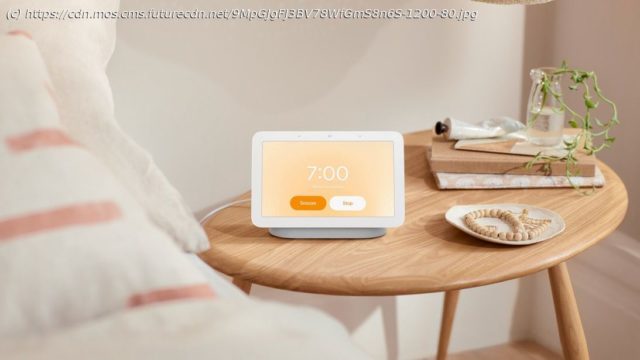The new Google Nest Hub (2nd generation) is the first smart display that can track sleep, but here’s why I think it works only if you sleep alone.
Google’s newest smart display, the Google Nest Hub (2nd generation), went on sale this week, and it’s the first smart display on the market that can track your sleep. The smart display includes Soli radar technology – already present in the Google Pixel 4 and Pixel 4 X L smartphones – to monitor your breathing and movement, while the built-in microphones and ambient light and temperature sensors will detect coughing, snoring plus light and temperature changes in your bedroom. All of this information is analyzed by the device to help you understand how much sleep you’re getting and what, if anything, is impacting its quality. But just how accurate is this sleep data when it’s captured by a device that isn’t attached to you, and is it the same as using one of the best smartwatches or best fitness trackers? Following just over a week with the Google Nest Hub (2nd generation) I’m disappointed with the results, and feel that if you share a bed then it isn’t the best option. The Google Nest Hub (2nd generation) monitors the length of time spent in bed, as well as the period of that time you were actually asleep and how consistent this is with your pre-defined sleep schedule. Most of the time, this data was accurate – we wore a Fitbit Sense at the same time, comparing the results from both devices.
Home
United States
USA — software Why the Google Nest Hub (2nd generation) isn't suited to those who...






